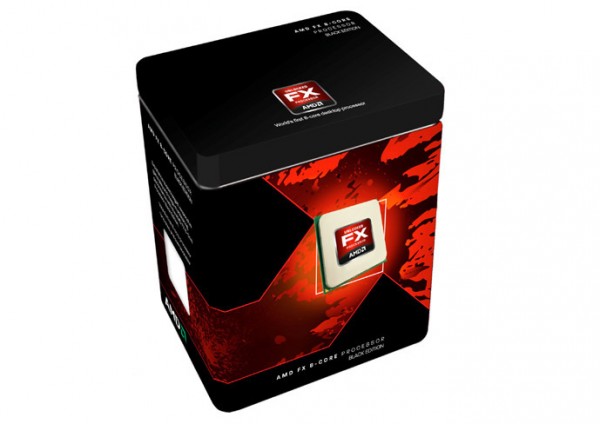Tahiti core specifications:
1. Tahiti Radeon HD 7900 with two Geometry Engine (ACE), but under the jurisdiction of their 16 “GNC QUAD SIMD ”, also known as computational units, that can be simply interpreted as 16 SIMD array. Each array has 64 stream processing cores.
2. A total of eight back-end rendering, to complete the 32 week period the color operation, 128 Z-Stencil operations.
3. The calculation unit for every four shares 16KB L1 instruction cache, 32KB data cache; secondary cache read and write total capacity high as 768KB.
4. Has been equipped with 384-bit memory bit wide GDDR5 particles can exceed the bandwidth of 264GB/s.
5. Support for PCI-Express 3.0 bus standard specifications.
6. The number of transistors 4.3 billion.
7. Radeon HD 7970 had earlier came with a calculation unit of 32, 2048 stream processors, core clock 925MHz, a memory frequency of 5500MHz equivalent; Radeon HD 7950 reduced to the calculation unit 28, 1792 stream processors and a 384-bit memory interface. No mention in terms of memory size as of yet.
8. Tessellation part is clearly up to Gen8 (6900) four times the performance of Anisotropic Filtering is basically and 6900, but the new improved high-frequency texture flickering problems. Double-precision performance of 947 GFLOPS, to achieve the DDR, SRAM full ECC.
9. Multimedia instruction, the introduction of QSAD, MQSAD, each cycle can be achieved for each CU 256 pixels perform SAD operation, the entire down the equivalent of 7.6 Tera pixels per second. Software, WinZip 16.5 will offer OpenCL support (e.g. AES), which are also described in the slide area PowerTune.
DirectX 11.1
1. AMD specifically described in the document like MegaTexture (massive texture) the part of the resident texture (Partially Resident Textures / PRT) technology , but this is a hardware implementation, including mapping, filtering and other operations, the maximum grain size up to 32TB , which is then multiplied by the cube of 128KB 128-bit.
2. The performance surface subdivision known as Radeon HD 6900 can achieve four times the eighth-generation technology.
3. Anisotropic filtering very basic and Radeon HD 6900, but improved high-frequency texture flickering problems.
4. double-precision floating point performance of 947GFlops, close to a trillion per second, to achieve the DDR, SRAM ECC error checking complete protection.
5. The introduction of multimedia instruction in QSAD, MQSAD, and each cycle of each cell can perform 256-pixel SAD operation, the overall execution down the equivalent of 7.6 trillion pixels per second.
6. Software, WinZip 16.5 OpenCL support will be provided, such as AES.
Power Tune:
The introduction of a more a more granular power control, based entirely on digital technology, independent of the driver and configuration files.
In the “black” state or PC into idle mode, GPU core state into the 0 watts, the fan will turn off, CFX configuration, when this technology is very attractive 7970 TDP is about 210 watts, 7950 is be yet determined .
The AMD 7970 features frequencies of 925 MHz (2048 Core/32 CU), the memory is 384-bit @ 5.5 GT/s. The AMD 7950’s core frequency specifications are yet to be determined, but the core is 1792 to determine the number of / 28 CU, memory bus is still 384-bit, but the rate of reduction for the 5GT/s



